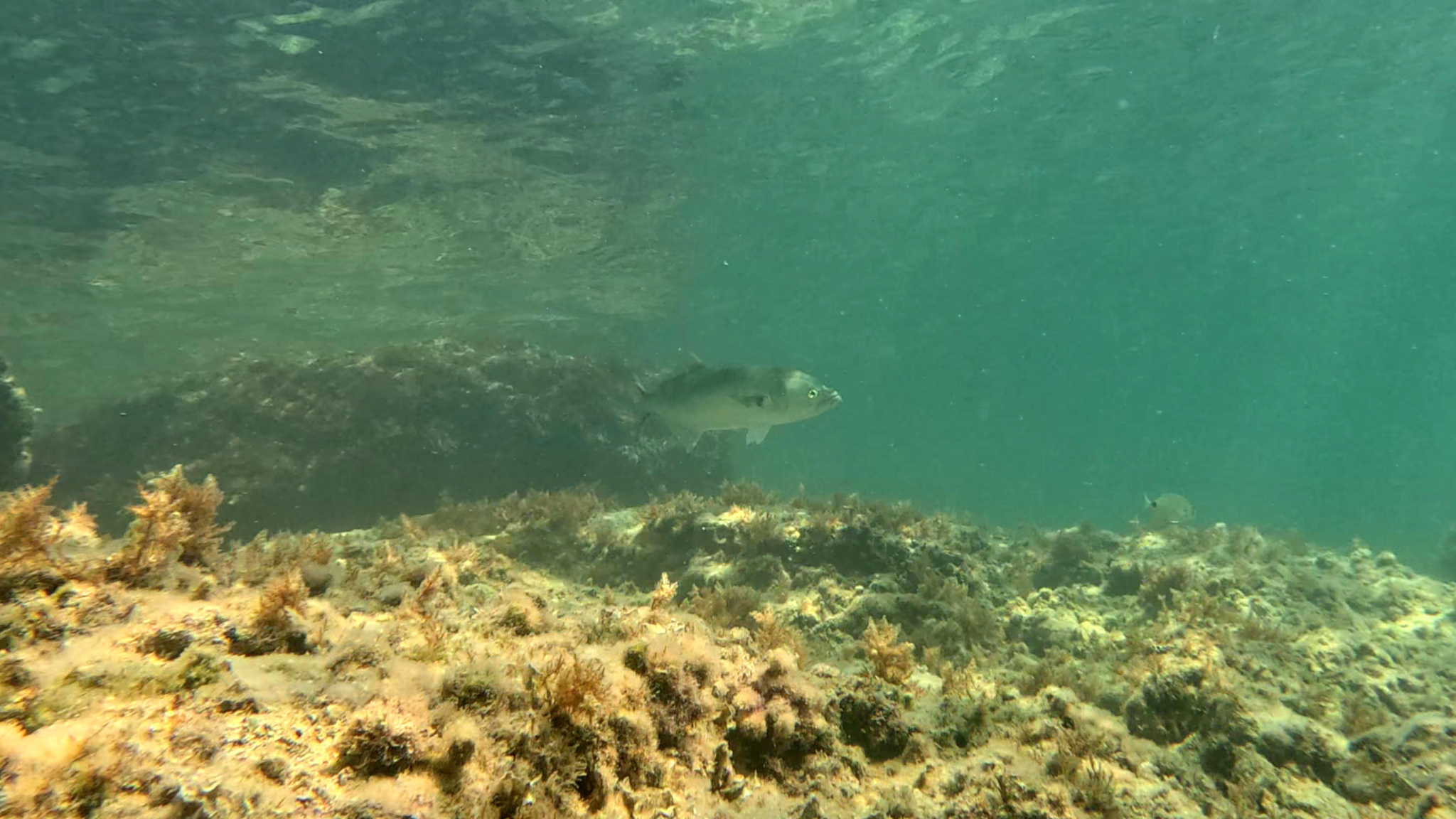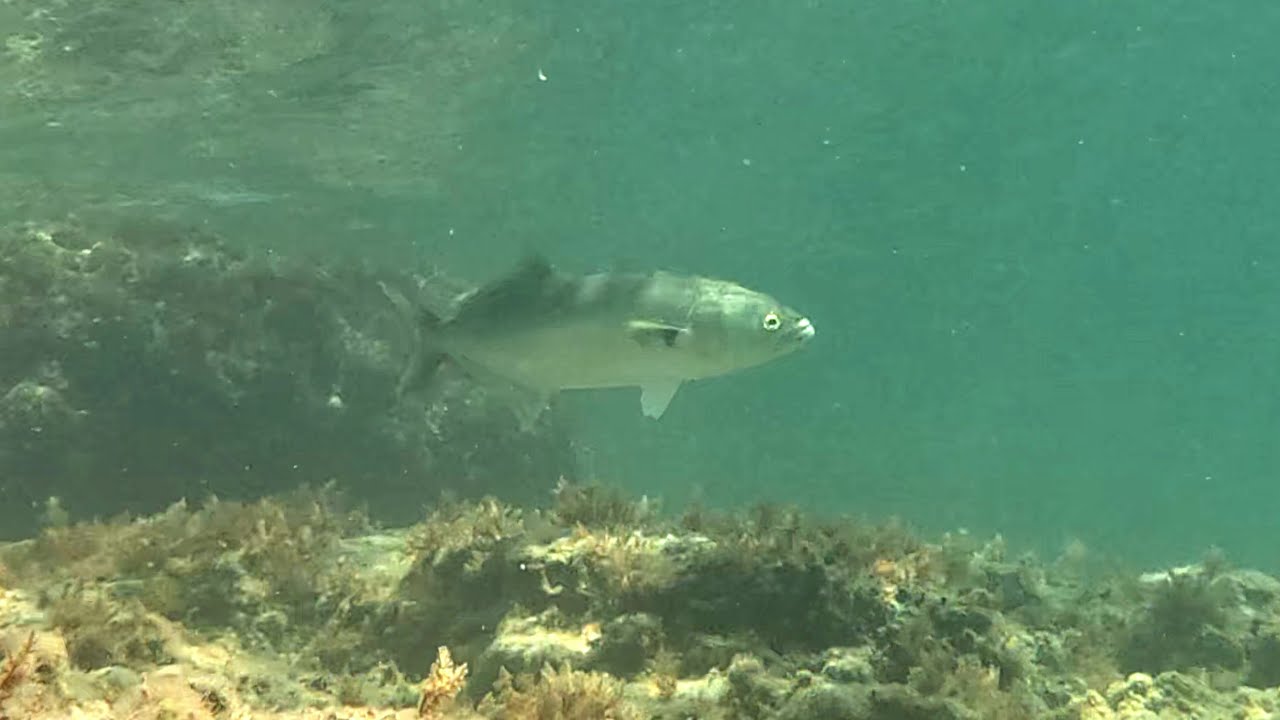Bluefish - Pomatomus saltatrix
Bluefish (Pomatomus saltatrix) is the only extant species of the family Pomatomidae. It is a marine pelagic fish found around the world in temperate and subtropical waters, except for the northern Pacific Ocean. Bluefish are known as tailor in Australia and New Zeeland elf and shad in South Africa. It is a popular gamefish and food fish.

The bluefish is a moderately proportioned fish, with a broad, forked tail. The spiny first dorsal fin is normally folded back in a groove, as are its pectoral fins. Coloration is a grayish blue-green dorsally, fading to white on the lower sides and belly. Its single row of teeth in each jaw is uniform in size, knife edged, and sharp. Bluefish commonly range in size from 18 cm “snappers” to much larger, sometimes weighing as much as18 kg, though fish heavier than 9 kg are exceptional. pesce serra

Bluefish is the only extant species now included in the family Pomatomidae. Bluefish are widely distributed around the world in tropical and subtropical waters. They are found in pelagic waters on much of the continental shelves along eastern America (though not between south Florida and northern South America), Africa, the Mediterranean and Black Seas (and during migration in between), Southeast Asia, and Australia. They are found in a variety of coastal habitats: above the continental shelf, in energetic waters near surf beaches, or by rock headlands. They also enter estuaries and inhabit brackish waters. Periodically, they leave the coasts and migrate in schools through open waters.

Adult bluefish are strong and aggressive, and live in loose groups. They are fast swimmers that prey on schools of forage fish, and continue attacking them in feeding frenzies even after they appear to have eaten their fill. In turn, bluefish are preyed upon by larger predators at all stages of their lifecycle. As juveniles, they fall victim to a wide variety of oceanic predators, including striped bass, larger bluefish, fluke (summer flounder), weakfish, tuna, sharks, rays, and dolphins. As adults, bluefish are taken by tuna, sharks, billfish, seals, sea lions, dolphins, porpoises, and many other species. Bluefish may be baked or poached,or smoked.The smaller ones (“snapper blues”) are generally fried, as they are not very oily.
Because of its fattiness, bluefish goes rancid rapidly, so it is generally not found far from its fisheries, but where it is available, it is often inexpensive. It must be refrigerated and consumed soon after purchase; some recipes call for keeping it in vinegar and wine before cooking. By the same token, it is high in omega 3 fatty acids, but also in mercury and PCB containing the high level of about 0.4 ppm of mercury on average, comparable to albacore tuna or Spanish mackerel. For that reason, the U.S. FDA recommends that young children and women of childbearing age consume no more than one serving per week.
(extract from Wikipedia)
Gallery
Video Gallery

